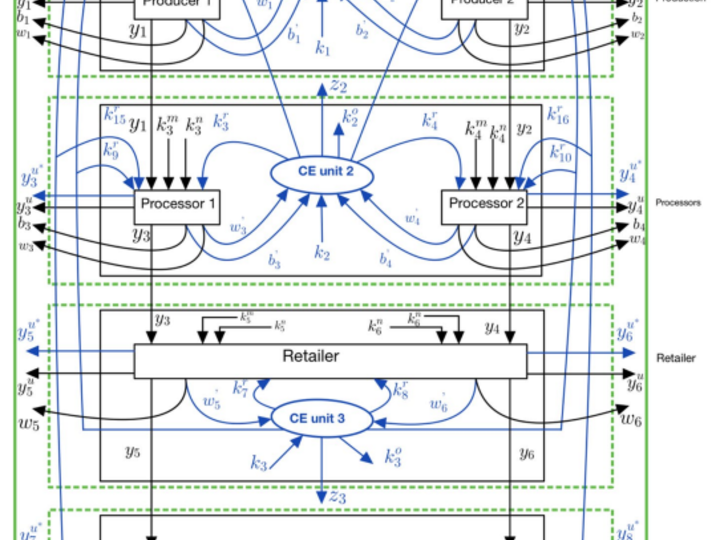On the Economics of the Transition to a Circular Economy
A natural resource management problem
Humanity is facing complex challenges posed by population growth, climate change, and the need to increase food, feed, fiber, and bioenergy production while confronting the scarcity of natural resources. The growing world population is constantly coping with the worsening dilemma of ensuring resources can be equitably distributed to meet growing and changing demands.
In the face of these challenges, the transition to a circular economy, characterized by reduced resource use and waste, is being increasingly recognized in academic, business, and policy making circles as essential to meeting these challenges, with the emphasis being on the development of methods and processes that enable and facilitate the transition from a linear to a circular economy.
What is a circular economy?
The circular economy is gaining traction as an alternative paradigm to replace the dominant use-and-dispose linear economy.
The emphasis of circular economy theories is placed on "closing loops" in supply chains. This is primarily done by reinvesting wastes that would otherwise be discarded back into the supply chain or by extending the longevity of products to reduce the amount of discarded products in the environment.
A circular economy is viewed as a central feature of sustainability, as it emphasizes sustainable production and consumption, which is a key feature of every framing of the concept of sustainability included in the Sustainable Development Goals of the United Nations.
Other countries have been promoting a CE in policies such as China's Circular Economy Promotion Law (2009) and their Circular Development Leading Action Plan (2017). The European Commission also introduced the Circular Economy Package (2014), which was later revised under Closing the Loop - An EU plan for the Circular Economy.
According to the European Commission, scaling up CE to be the center of business models for mainstream economic players is key to not only decoupling economic growth from resource use and achieving decarbonization and climate neutrality by 2050 but also to ensuring the long-term competitiveness of businesses.
This research was made possible through the Grand Challenges Planning Grant from the University of Nebraska-Lincoln and the University of Nebraska Collaboration Initiative.
All information on this site unless otherwise attributed was adapted from [50]: On the Economics of the Transition to a Circular Economy.
Read the Study
Read the full paper for "On the Economics of the Transition to a Circular Economy" by Ahmed Chennak, Konstantinos Giannakas, and Tala Awada. The paper can also be downloaded from the "References and Resources" page.
Download Here